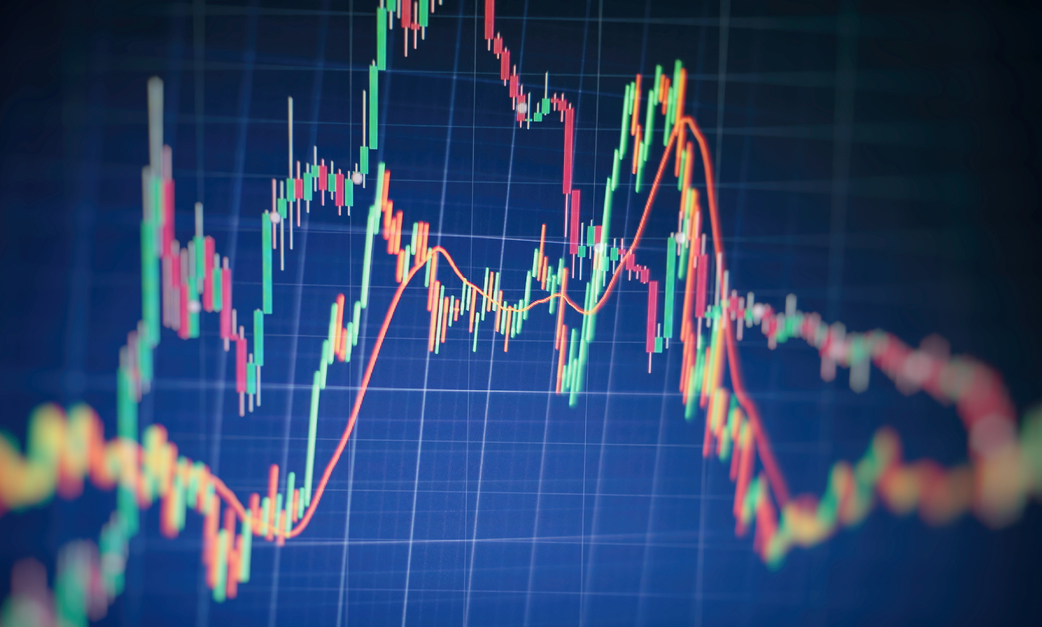
The Ontario Teachers’ Pension Plan posted a net return of 10.4 per cent for 2019, bringing net assets to $207.4 billion.
Its $20.2 billion in investment income represents an organizational best, said Jo Taylor, the pension fund’s president and chief executive officer, on a conference call Tuesday morning, outperforming the 2018 return of 2.5 per cent after a volatile year in equity markets.
The largest change in asset mix was in fixed income, which rose to make up 46 per cent of the overall portfolio by the end of 2019, capping out at 41 per cent in 2018. Both public and private equities also rose slightly as a portion of the portfolio, from 35 per cent in 2018 to 37 per cent in 2019. Public equities posted a 15.2 per cent gain for the year, while private equities returned 9.4 per cent, significantly lagging its benchmark of 17.4 per cent.
Read: Ontario Teachers’ posts 2.5% return for 2018 amid volatile investment environment
Fixed income hit its benchmarks, with bonds returning 5.9 per cent and real estate products returning 7.5 per cent. Real assets shifted lower as a portion of the portfolio, from 26 per cent in 2018 to 22 per cent in 2019. Real estate returned 6.2 per cent for the year, while infrastructure yielded a 4.2 per cent return.
Returns were somewhat dented by the appreciation of the Canadian dollar, noted the release, resulting in an overall negative 1.8 per cent impact on the fund.
After a record year, the investing world has changed dramatically, as the plan finds itself in the midst of the coronavirus pandemic. As a result, the plan is adjusting virtually all its activities from administration to investment, with a focus on maintaining continuity, said Taylor.
“I’ve worked in the investment industry all over the world for 35 years and I have to say I’ve never seen anything quite like this.”
Read: Canadian public pension heads call on employers to focus on coronavirus
While the coronavirus crisis was impossible to predict, the plan has foreseen the possibility of a major disruption, he said, referring to the global economy sitting at a late or pre-recessionary cycle after a lengthy bull run. “During our call with you last year about our 2018 results, we discussed the headwinds investors were facing and how challenging market conditions had become. And with that in mind, we became increasingly focused on protecting our capital and liquidity and that continued on throughout 2019.”
